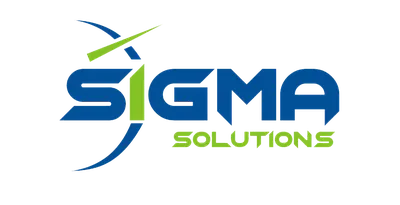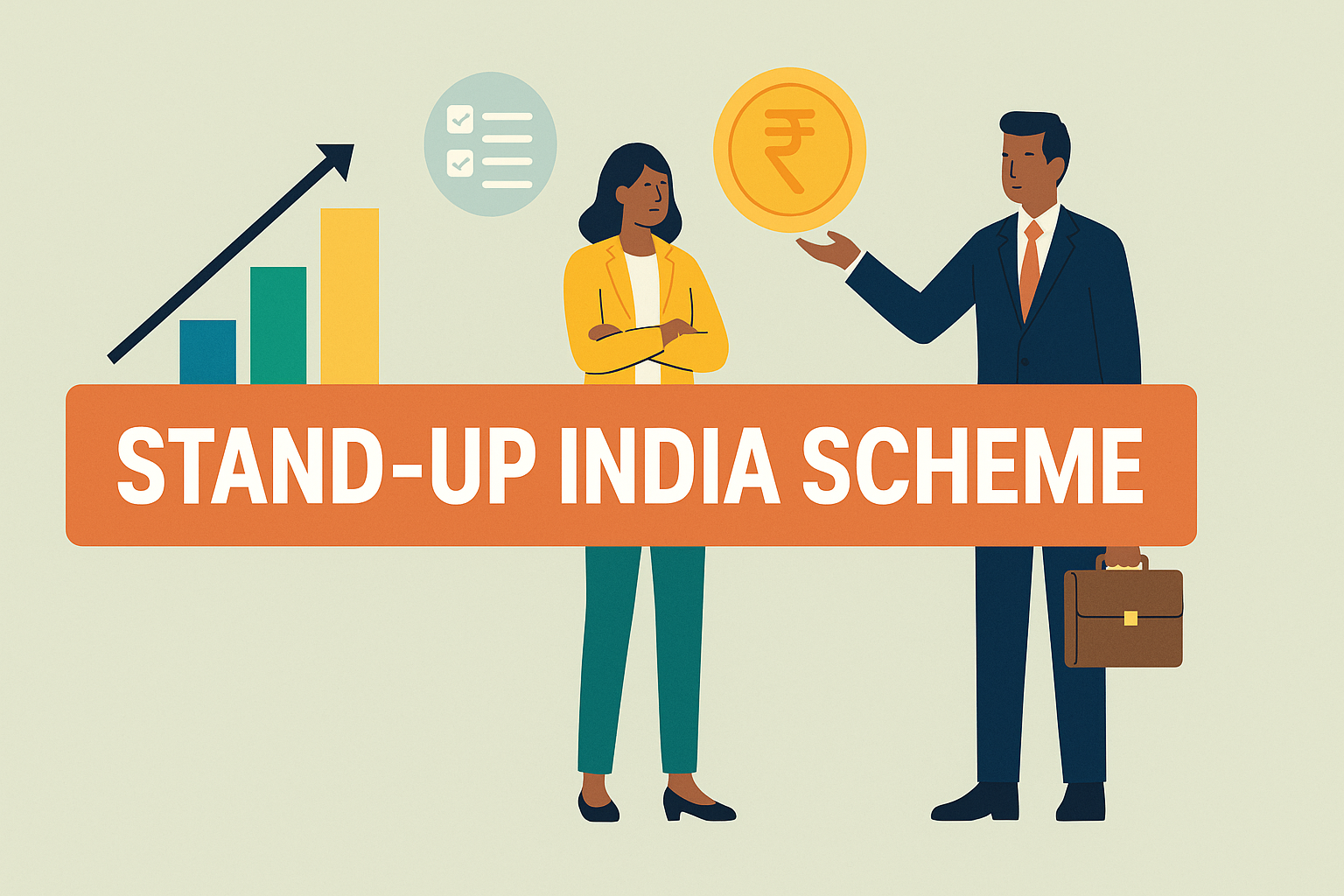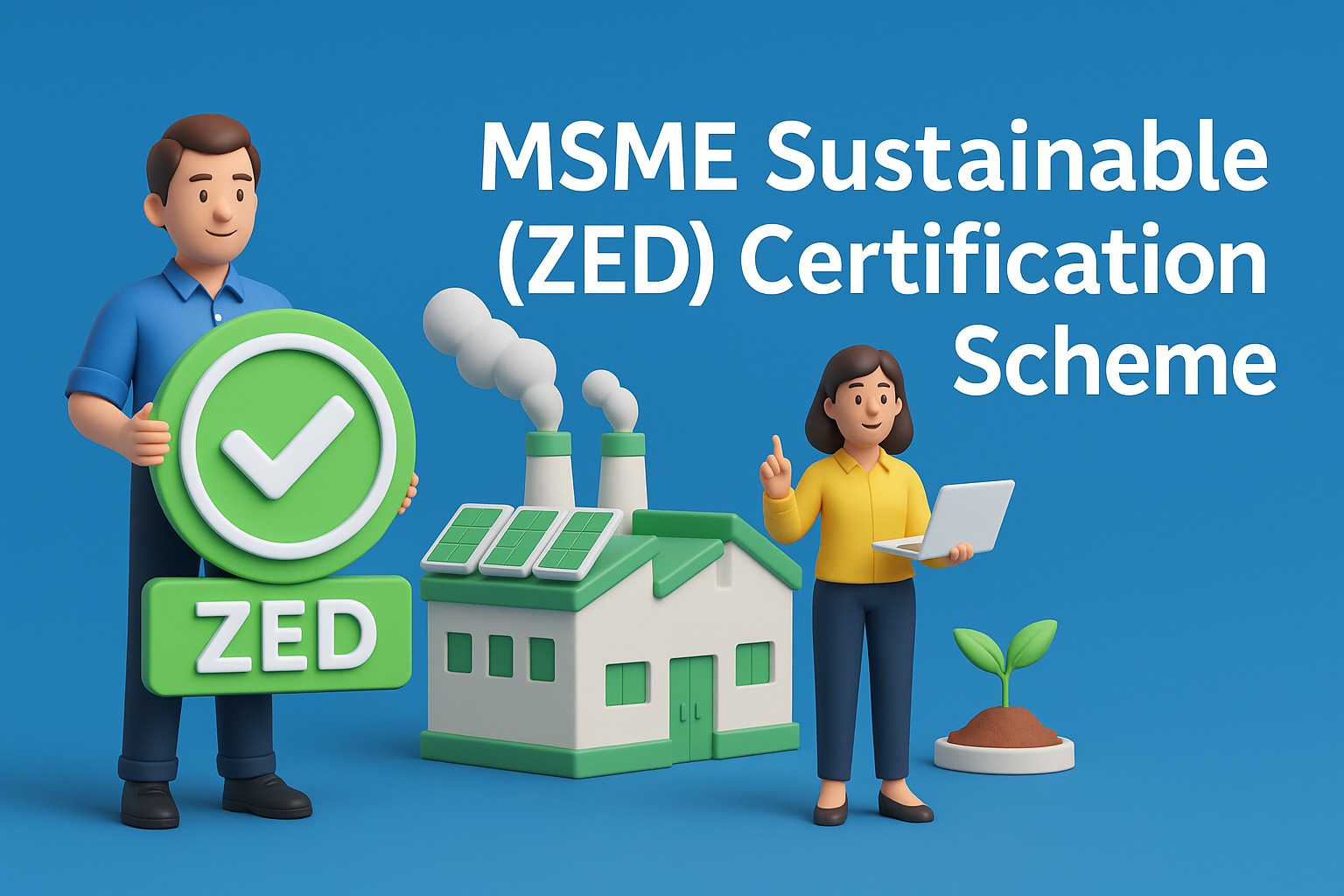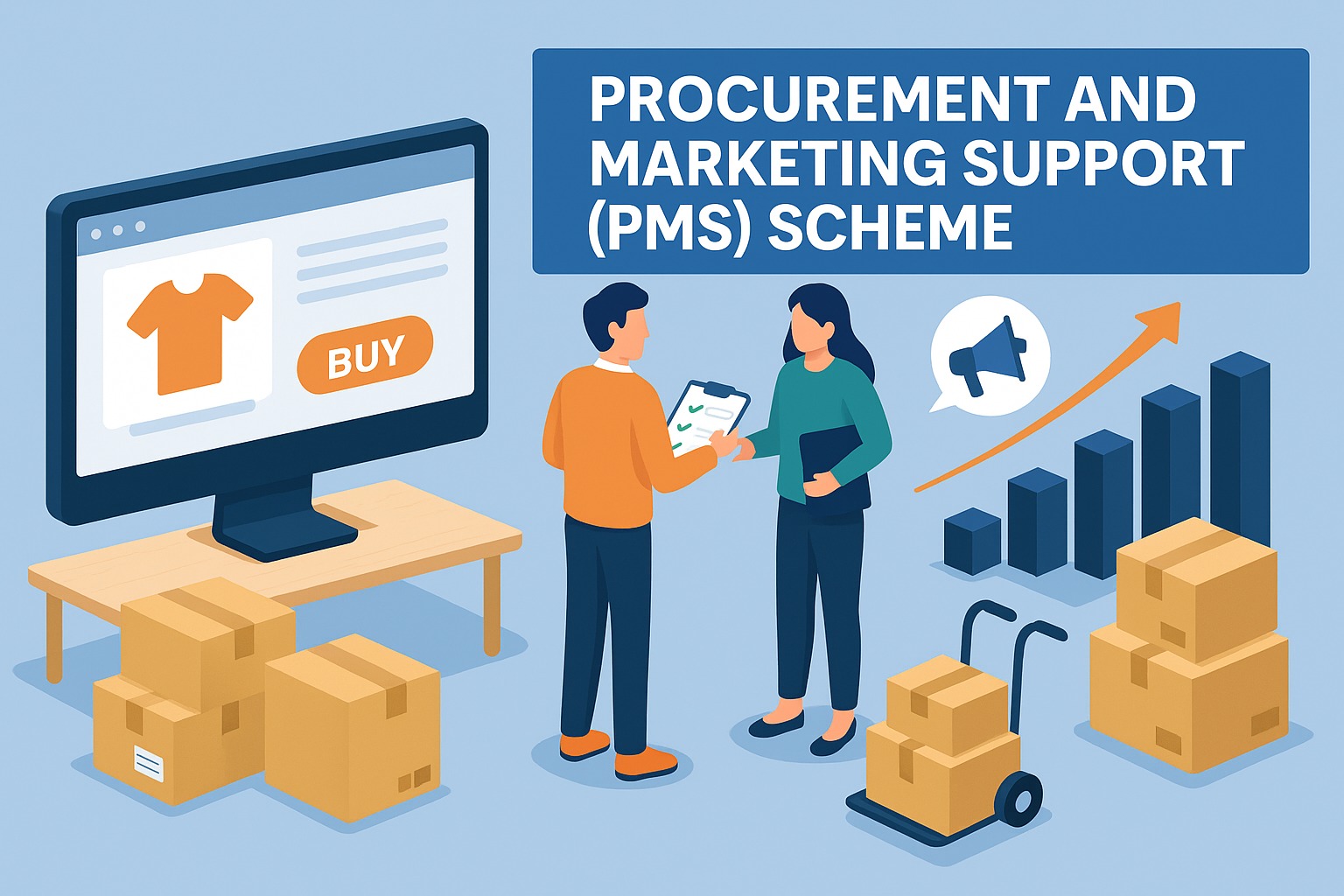📘 Introduction
The Stand-Up India Scheme, launched by the Government of India in April 2016, remains a pivotal initiative in 2025, promoting inclusive entrepreneurship among underrepresented sections of society. Operated primarily through the StandUp Mitra portal, this scheme empowers Scheduled Caste (SC), Scheduled Tribe (ST), and Women Entrepreneurs by providing institutional credit to start new “greenfield” ventures. These ventures can be in the manufacturing, services, trading, or agri-allied sectors.
This comprehensive guide offers a detailed overview of the scheme’s objectives, eligibility criteria, key features, application process, and how expert consultancy support from firms like Sigma Solutions can be invaluable throughout your entrepreneurial journey.
📑 Table of Contents
- 🎯 Objective of the Stand-Up India Scheme
- 👤 Who is Eligible?
- ⭐ Key Features & Benefits
- 🛠️ Activities Covered Under the Scheme
- 🖥️ Application Process via StandUp Mitra Portal
- 📄 Documents Required
- 🤝 Role of Handholding Agencies
- ⚠️ Challenges & Tips for Applicants
- 🏢 How Sigma Solutions Can Help
- 📌 Conclusion & FAQs
1. 🎯 Objective of the Stand-Up India Scheme
The primary goal of the Stand-Up India Scheme is to facilitate:
- Bank loans between ₹10 lakh and ₹1 crore.
- For setting up greenfield enterprises (first-time venture in manufacturing, services, trading, or agri-allied sector).
- By at least one SC or ST borrower and one Woman borrower per bank branch across all scheduled commercial banks in India.
The scheme aims to foster economic empowerment and job creation at the grassroots level by supporting diverse business ideas.
2. 👤 Who is Eligible?
To apply under the scheme, the applicant must meet the following criteria:
- Be an SC/ST or a Woman entrepreneur.
- Be aged 18 years or above.
- Intend to set up a greenfield project (first-time venture in manufacturing, services, trading, or agri-allied sector).
- Not be a defaulter to any bank/financial institution.
- Hold at least 51% shareholding and controlling stake in the enterprise (in case of a partnership/company).
- The scheme envisages 25% margin money, which can be provided in convergence with eligible Central / State schemes. However, the borrower is expected to bring in a minimum of 10% of the project cost as their own contribution.
3. ⭐ Key Features & Benefits
- Loan Amount: ₹10 lakh to ₹1 crore.
- Type of Loan: Composite loan, which includes both a term loan and working capital.
- Repayment: Up to 7 years, with a maximum moratorium period of 18 months. This extended period provides flexibility to new entrepreneurs.
- Collateral: Besides primary security, the loan may be secured by collateral security or coverage under the Credit Guarantee Fund Scheme for Stand-Up India Loans (CGFSIL). This significantly reduces the need for tangible collateral, making it easier for eligible entrepreneurs to access credit. The CGFSIL provides guarantee cover to the extent of 80% of the amount in default for credit facilities above ₹10 lakh and up to ₹50 lakh (maximum ₹40 lakh guarantee), and for credit facilities above ₹50 lakh and up to ₹100 lakh (₹40 lakh plus 50% of amount in default above ₹50 lakh, subject to an overall ceiling of ₹65 lakh).
- Interest Rate: Competitive and as per the bank’s policy, generally not more than the Base Rate (or MCLR) + 3% + tenor premium.
- Support: Access to extensive handholding support, including DPR (Detailed Project Report) preparation, training, marketing, and networking through the StandUp Mitra portal. A RuPay Debit Card is also issued for convenience in managing working capital.
4. 🛠️ Activities Covered Under the Scheme
The Stand-Up India scheme finances greenfield enterprises in the:
- Manufacturing sector
- Service sector
- Trading sector
- Agri-allied activities (scope expanded to include these in recent years)
5. 🖥️ Application Process via StandUp Mitra Portal
Applicants can register and apply online through the official StandUp Mitra portal (www.standupmitra.in) or by visiting any scheduled commercial bank branch.
Steps for online application:
- Visit the official StandUp Mitra website and click on “Register”.
- Fill in your personal details, business information, and select your category (SC, ST, or Woman).
- Choose the nature of support required (e.g., handholding agency, banker).
- Submit your proposal for bank selection.
- The assigned bank officer will contact the applicant to process the loan application.
Alternatively, You can walk into any bank branch and request assistance under the Stand-Up India Scheme. Lead District Managers (LDMs) can also provide guidance.
6. 📄 Documents Required
While specific requirements may vary slightly by bank, generally, the following documents are needed:
- Identity Proof: Aadhaar Card, PAN Card, Driving License, Passport, Voter ID.
- Residence Proof: Utility Bills, Voter ID, Aadhaar Card, PAN Card.
- Caste Certificate (for SC/ST applicants).
- Business Plan or Detailed Project Report (DPR).
- Proof of Business Address.
- Financial Proof: Non-default confirmation from other banks/financial institutions, assets and liabilities statement, income tax returns (if applicable), bank statements.
- Quotation for assets to be purchased (if applicable).
- Business Documents: Certificate of Incorporation (for companies), Partnership Deed (for partnerships), SSI/MSME registration (if applicable).
- Documents for Pledged Collateral (if any, e.g., title or lease deeds).
7. 🤝 Role of Handholding Agencies
The StandUp Mitra portal plays a crucial role by connecting applicants with a network of over 8000 Handholding Agencies. These agencies assist with various aspects of setting up and running a business, including:
- Project report preparation and financial literacy.
- Training and skill development.
- Marketing and mentoring.
- Legal and financial advisory.
- Connecting with relevant government schemes and support services.
These agencies often include SIDBI-certified NGOs, NBFCs, and experienced consultancy firms.
8. ⚠️ Common Challenges & Tips
While the scheme is highly beneficial, applicants may face some challenges:
- Lack of awareness about detailed documentation requirements and eligibility criteria.
- Weak DPR or business plan leading to loan rejection.
- Delays in bank processing due to incomplete paperwork or follow-up.
- Insufficient funding for larger manufacturing projects (the ₹1 crore limit might be a constraint for some).
- Digital Divide and lack of banking penetration in remote areas.
Tips for Applicants:
- Thoroughly understand the eligibility criteria before applying.
- Prepare a robust and well-researched business plan/DPR.
- Ensure all KYC documents are up-to-date and complete.
- Maintain regular follow-up with the bank and handholding agencies.
- Utilise the resources available on the StandUp Mitra portal.
- Consider converging with other central/state schemes for additional support and margin money.
9. 🏢 How Sigma Solutions Can Help
At Sigma Solutions, we are dedicated to empowering aspiring entrepreneurs by navigating the complexities of the Stand-Up India Scheme. We provide comprehensive support, including:
- Assistance in Stand-Up India registration and seamless portal use.
- Expert DPR preparation as per bank formats and industry standards.
- Guidance on project identification, feasibility analysis, and financial planning.
- Facilitating connections with bankers and ensuring complete documentation.
- Ongoing post-loan support and monitoring to ensure business sustainability.
📞 Contact us: +91-9084729472 📧 Email: [email protected]
10. 📌 Conclusion & FAQs
The Stand-Up India Scheme remains a powerful initiative in 2025, enabling economic independence and self-employment for SC/ST and Women entrepreneurs. With proper guidance and the right support, it becomes a strong foundation for building successful and sustainable businesses that contribute significantly to India’s inclusive growth.
Frequently Asked Questions:
- Is a subsidy available under Stand-Up India?
No direct subsidy is provided. However, the interest rates are competitive, and loans are covered under the Credit Guarantee Fund Scheme for Stand-Up India Loans (CGFSIL), which offers guarantee coverage, thus making loans more accessible and less dependent on traditional collateral. - Can a business in the trading sector apply?
Yes, greenfield trading activities are eligible under the scheme. - Is collateral mandatory?
No, loans are primarily covered under CGFSIL, which provides credit guarantee support. However, the final decision on requiring additional collateral rests with the lending bank as per their internal norms. - How many applicants can apply per branch?
Each bank branch is mandated to facilitate loans to at least one SC/ST borrower and one woman entrepreneur. - What is the processing time?
The processing time generally ranges from 4–6 weeks, depending on the completeness of documentation, the complexity of the project, and the promptness of follow-up with the bank.





